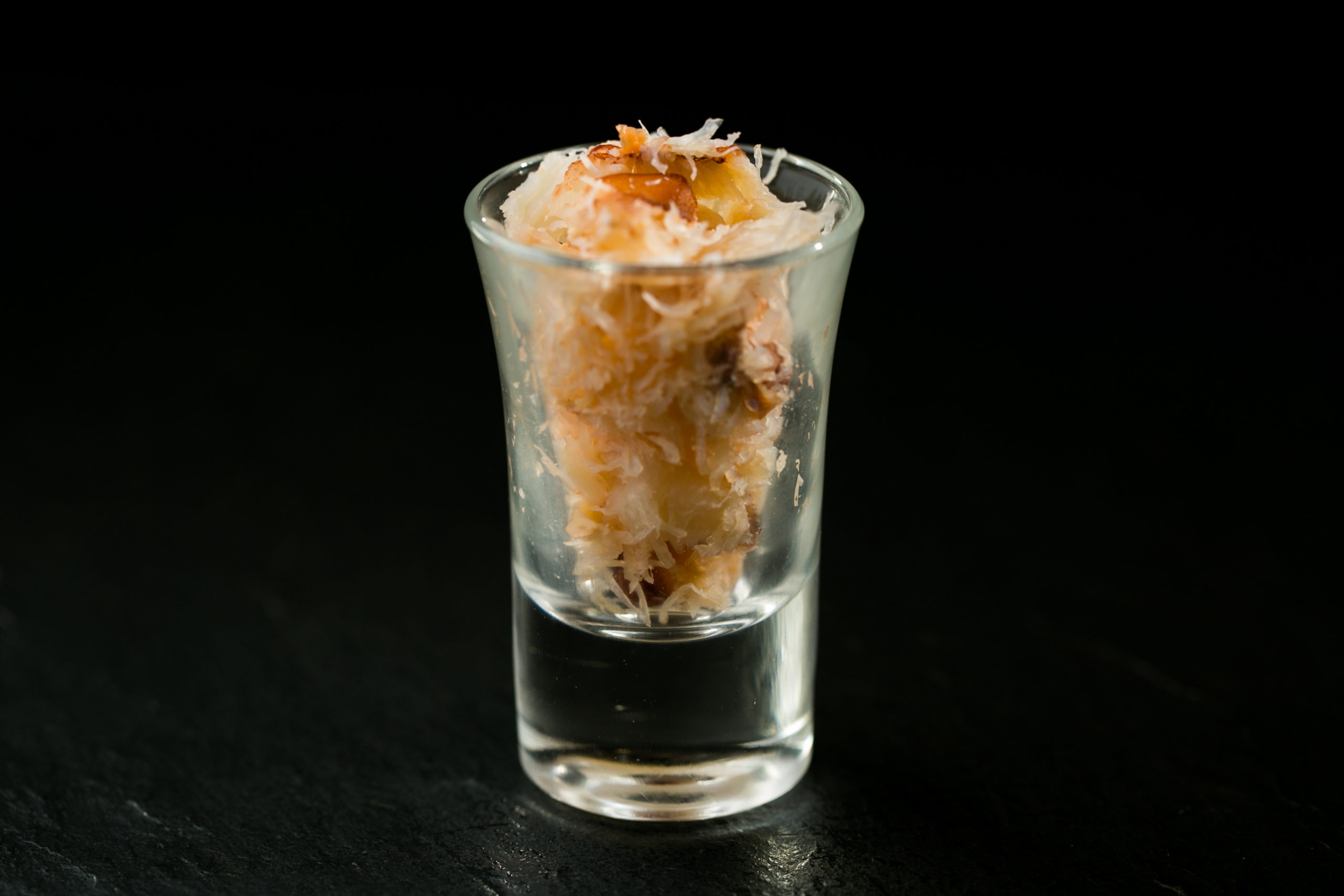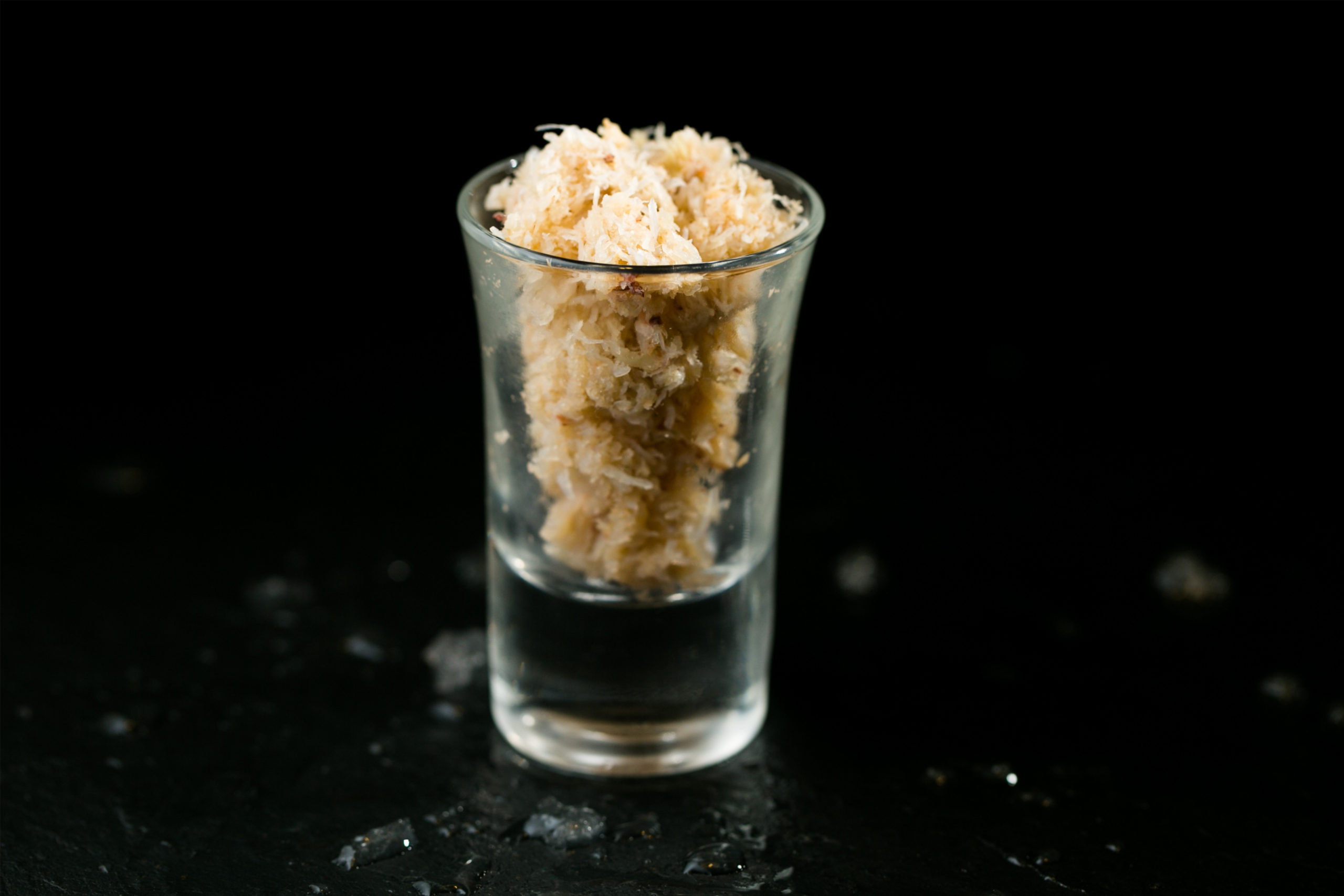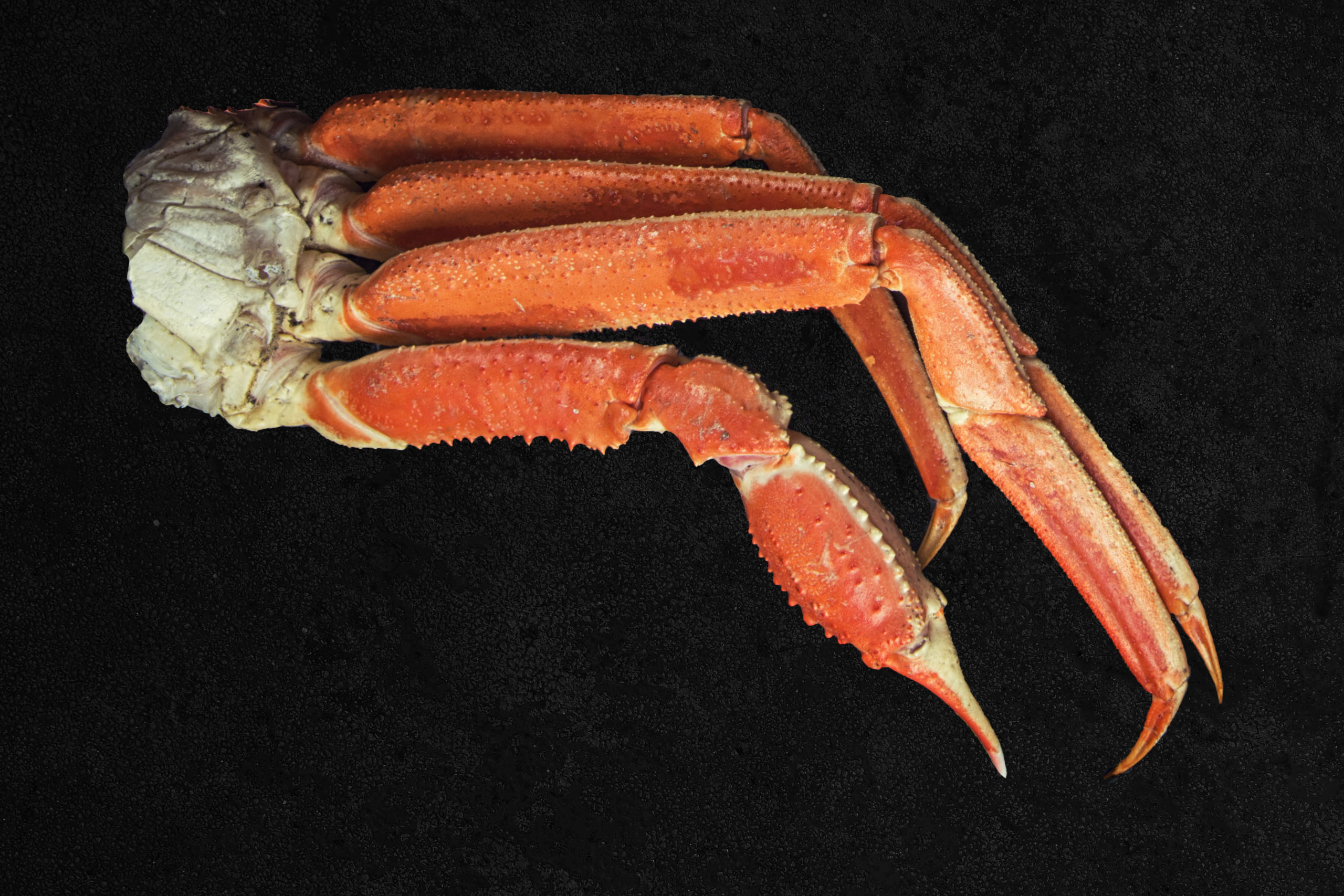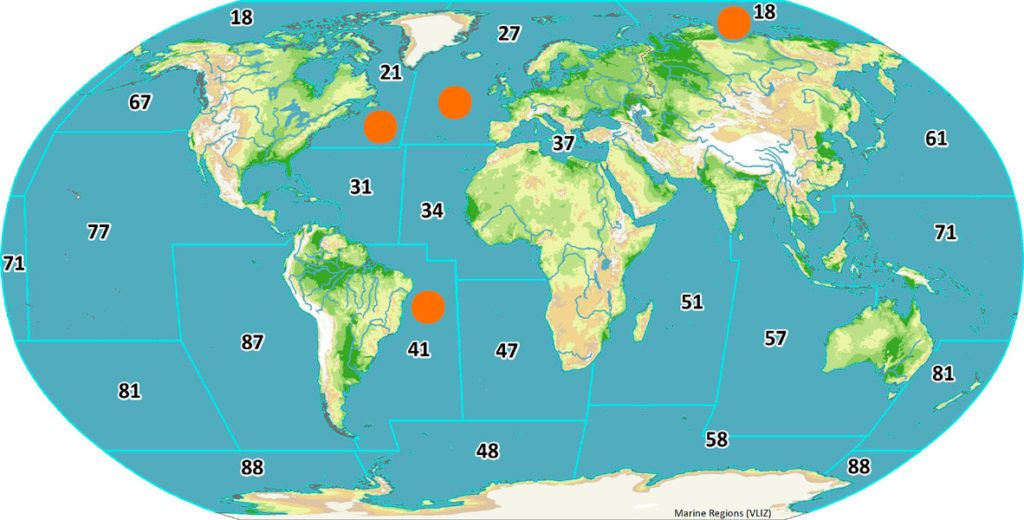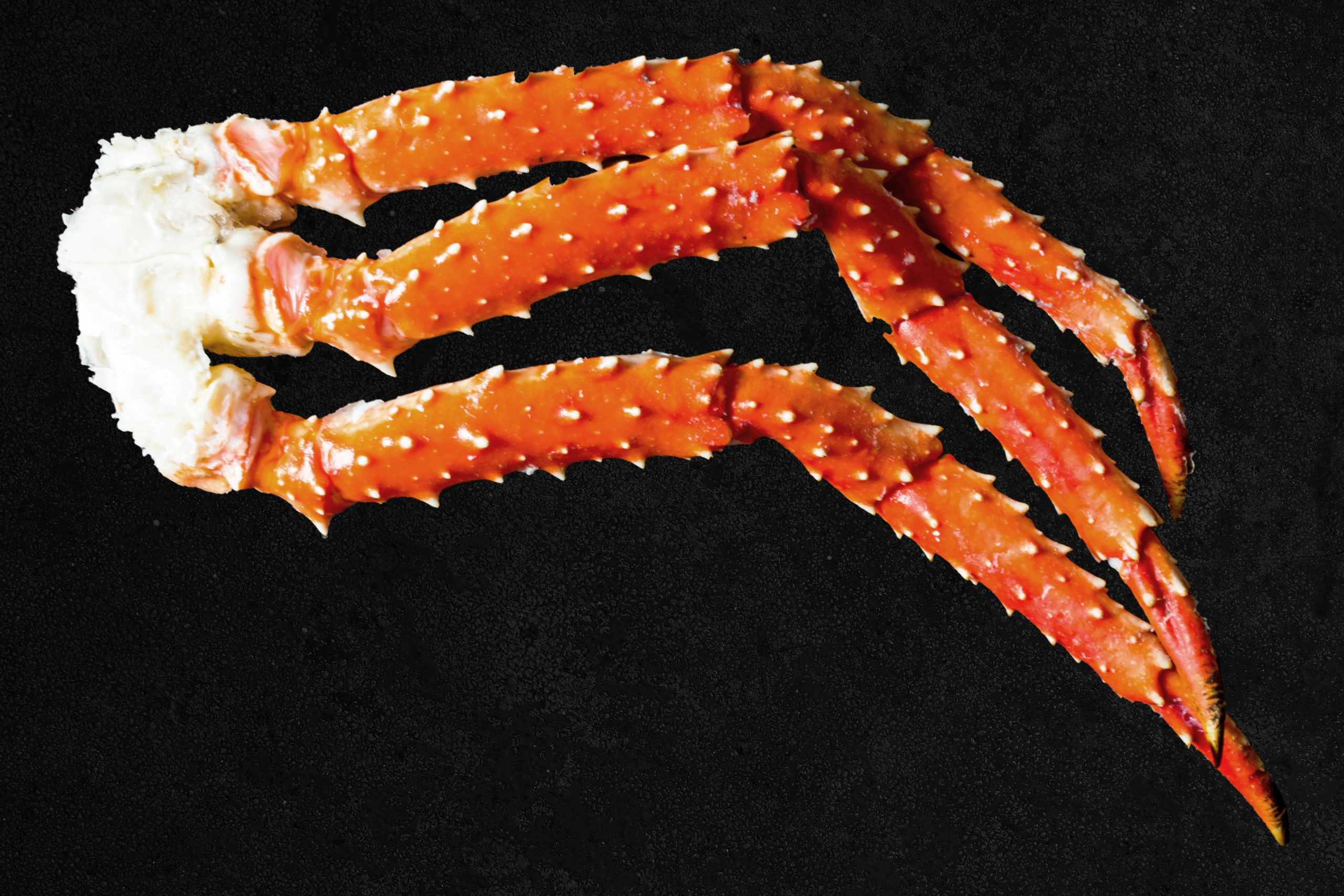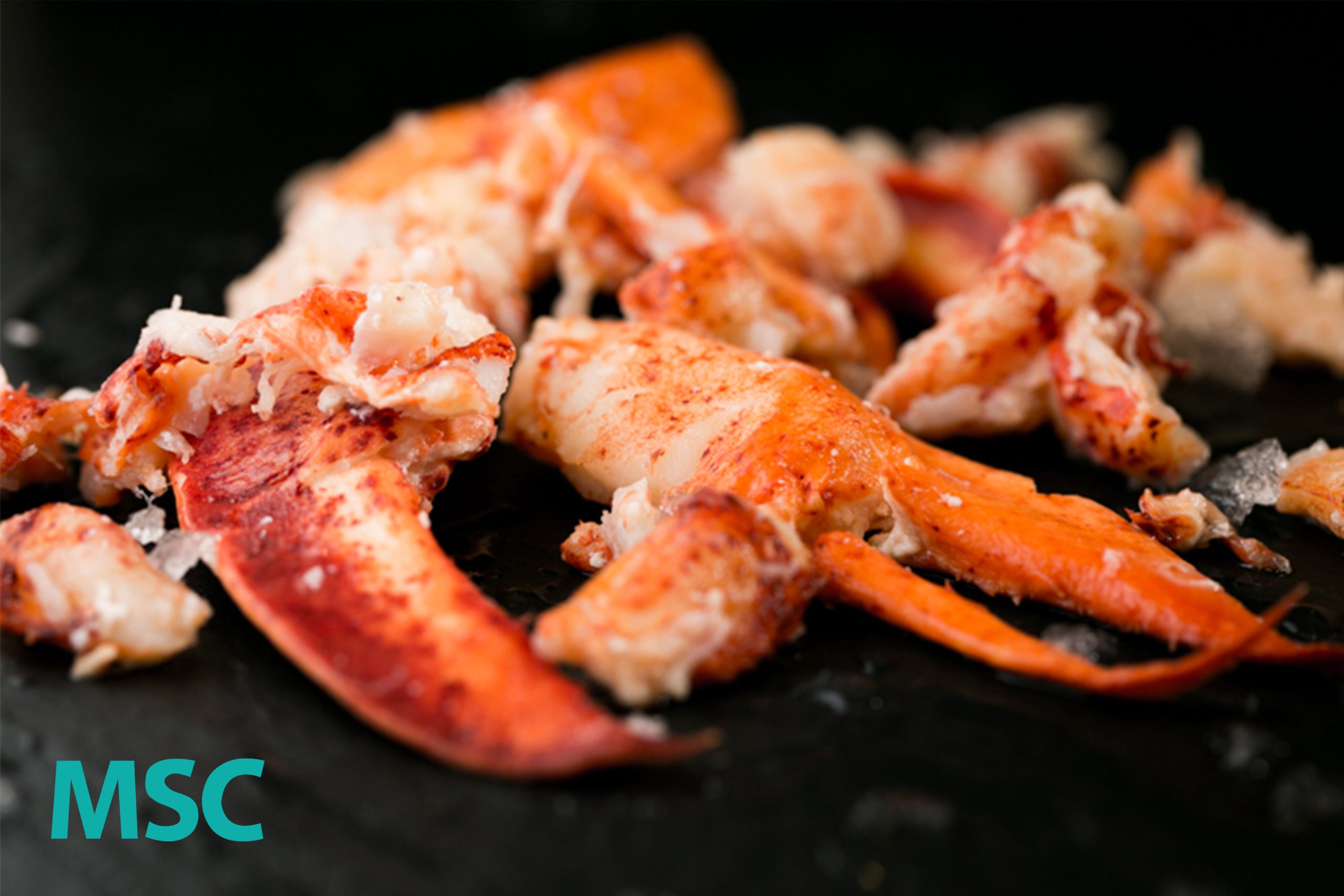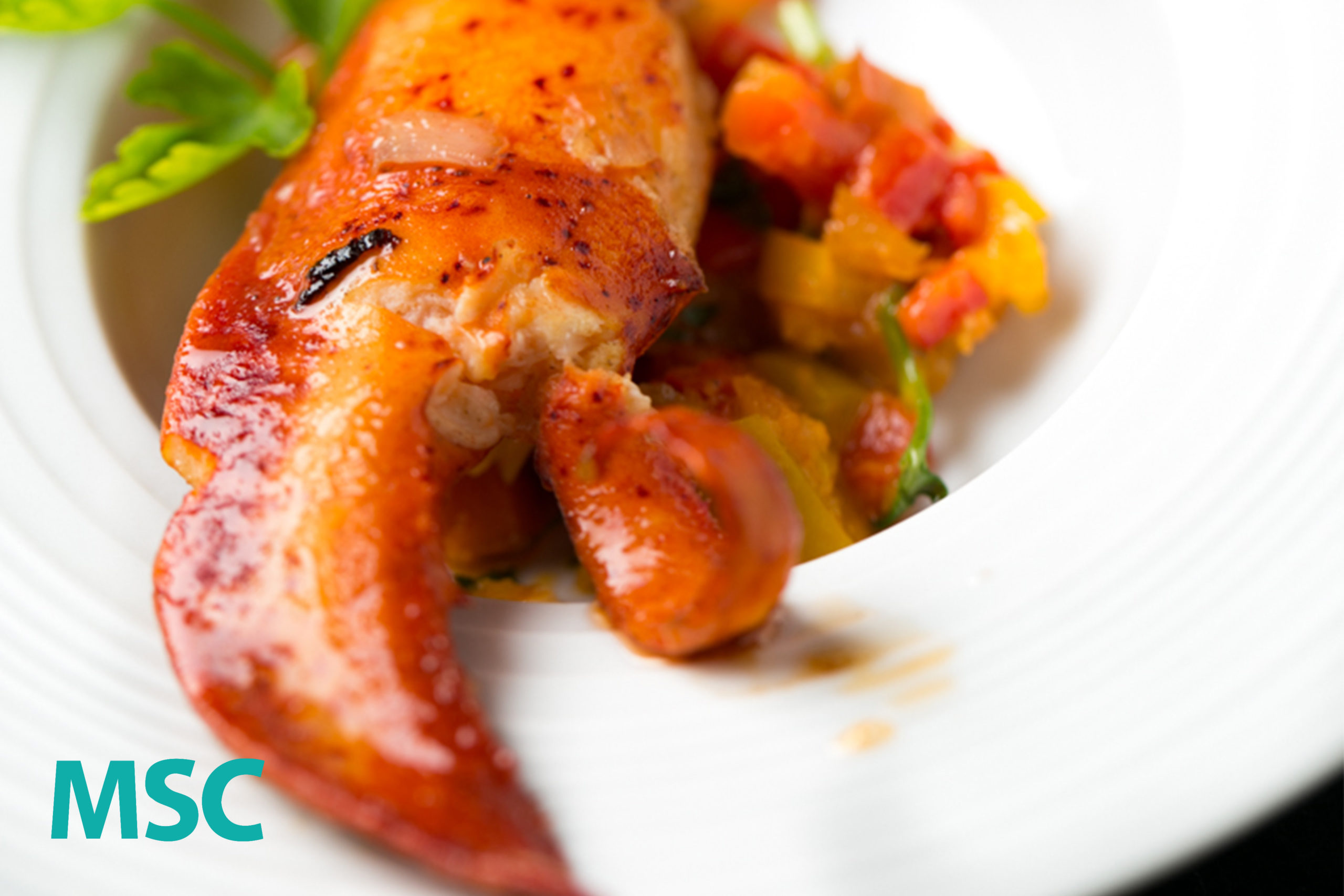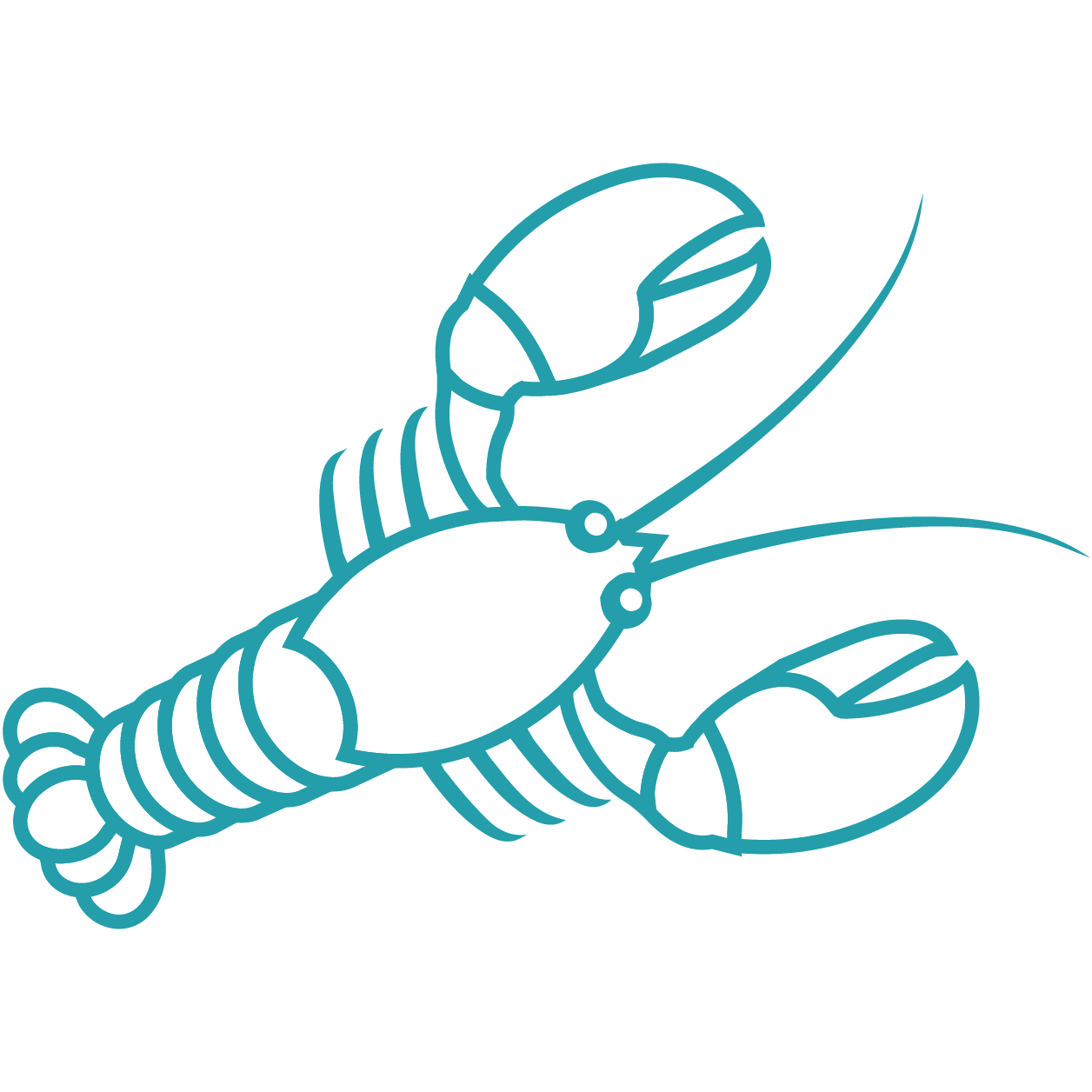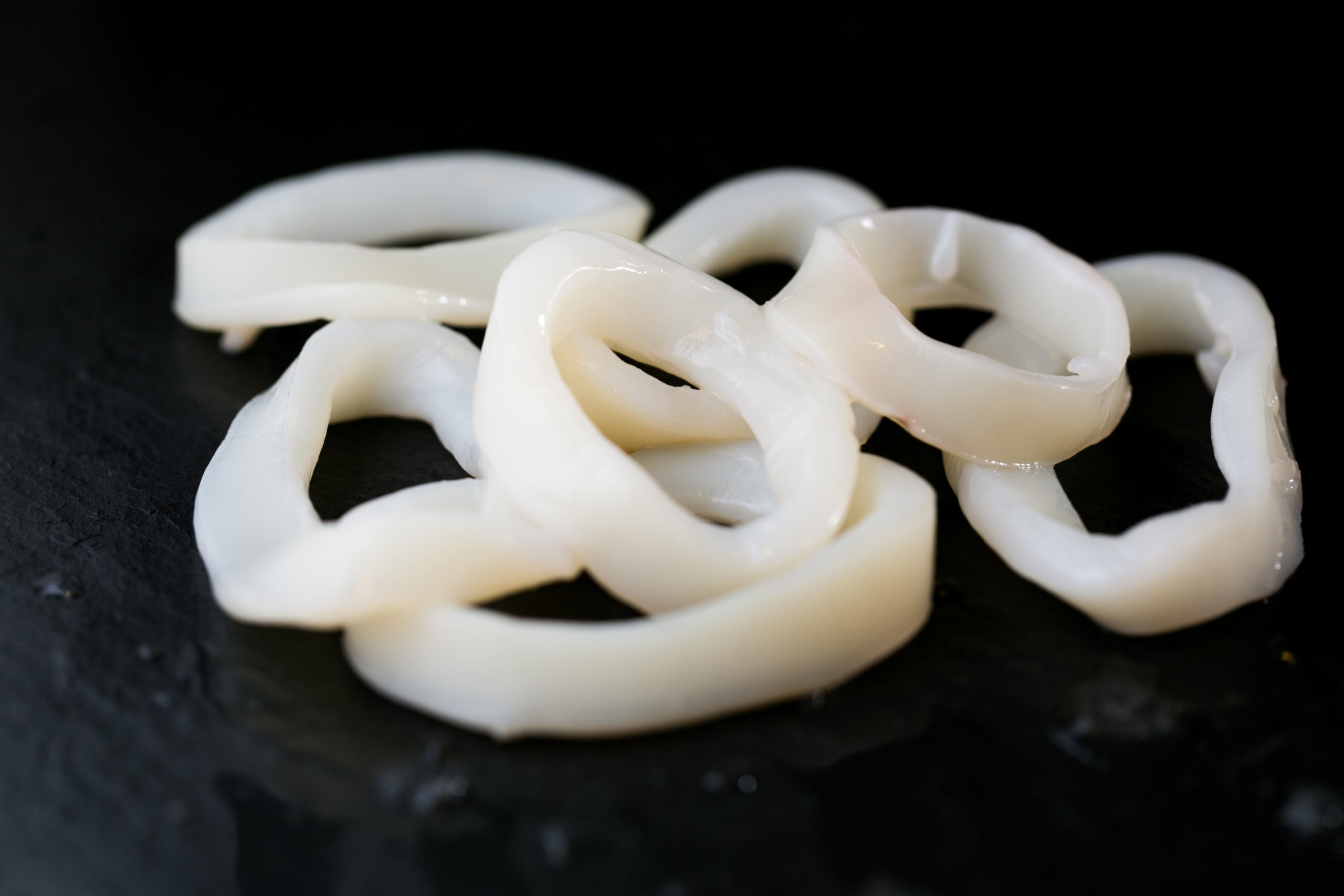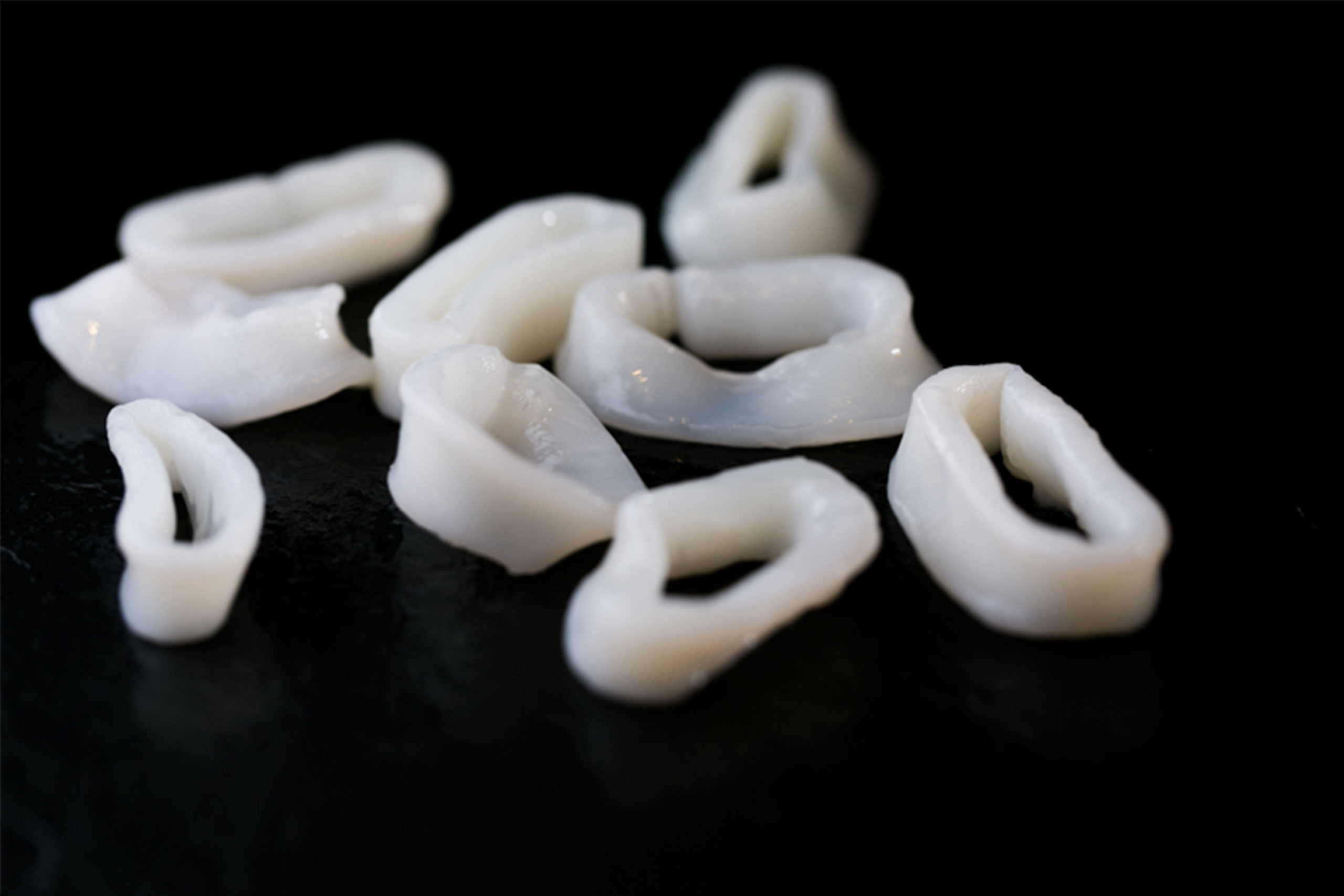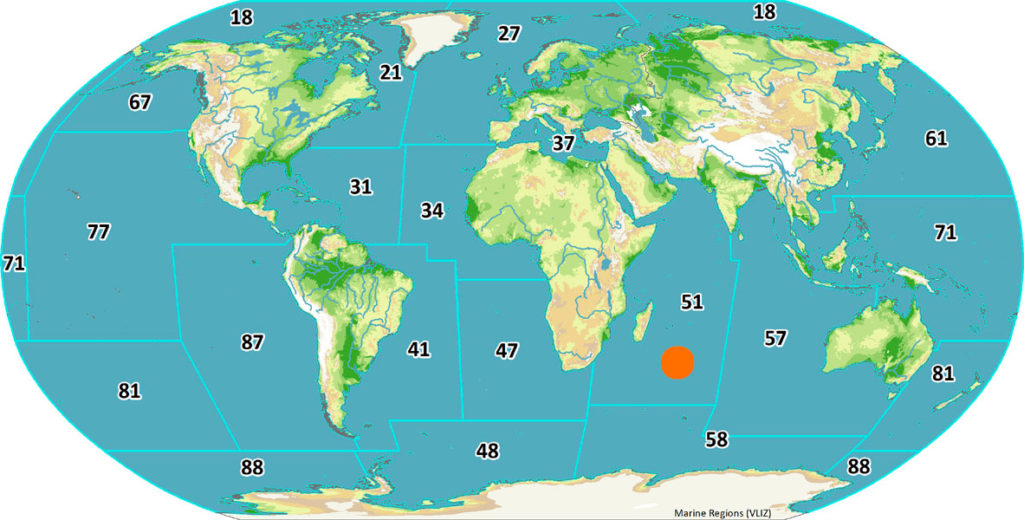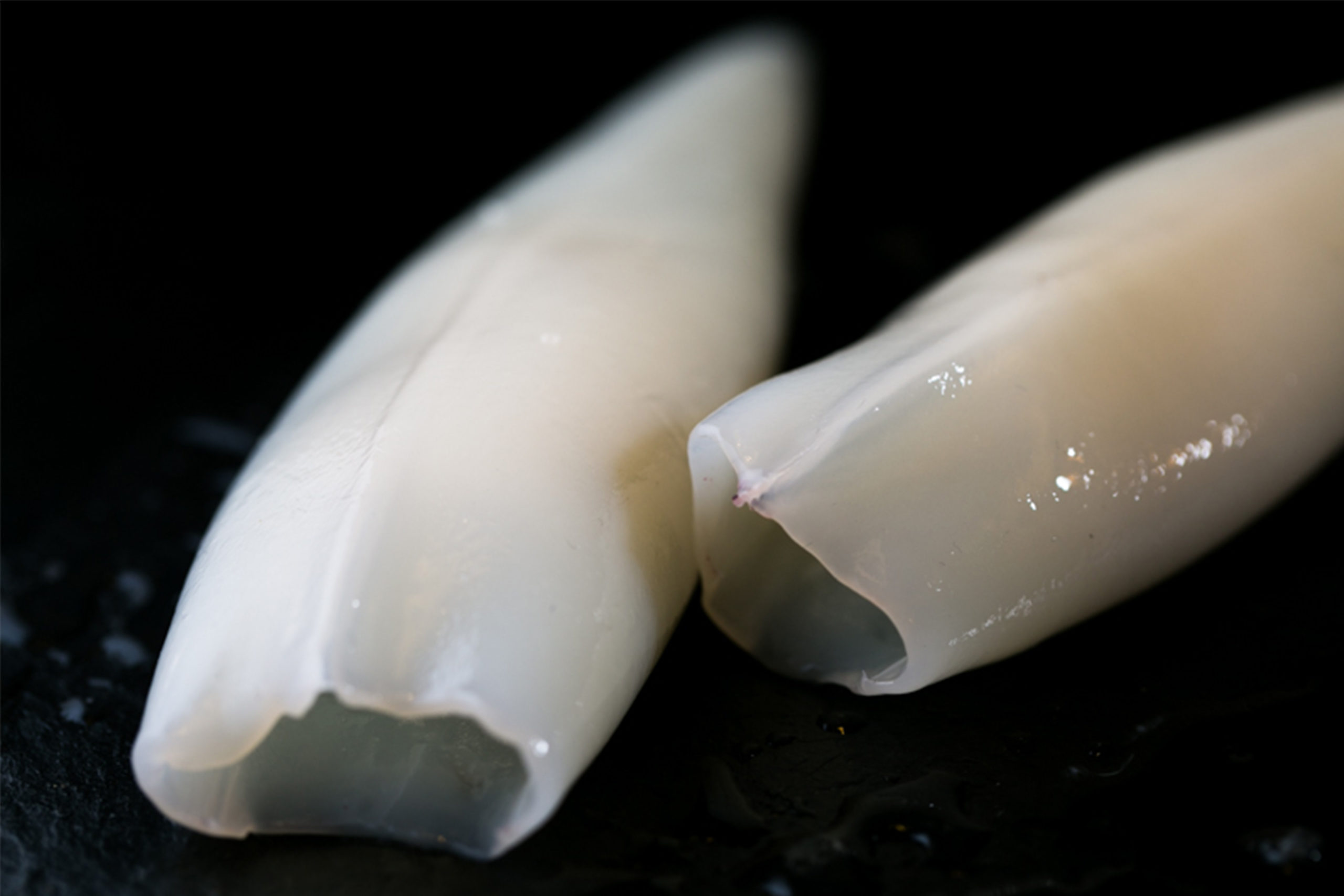

Roe off wild scallop
The scallop Zygochlamys patagonica is a bivalve commonly known as a scallop.
Its two valves have ridged ribs starting from the top of the shell and are light beige to brown in color.
It is caught all year round in zone F.A.O. 41 (Argentina), using traps and nets.
The absence of soaking allows its taste qualities to be fully expressed.
It is MSC certified.
We sell it nut without coral.
Enjoy it in cooked shells, pan-fried, in cassolettes or in puff pastry.
For further information, please visit : www.pdm-seafoodmag.com
Its two valves have ridged ribs starting from the top of the shell and are light beige to brown in color.
It is caught all year round in zone F.A.O. 41 (Argentina), using traps and nets.
The absence of soaking allows its taste qualities to be fully expressed.
It is MSC certified.
We sell it nut without coral.
Enjoy it in cooked shells, pan-fried, in cassolettes or in puff pastry.
For further information, please visit : www.pdm-seafoodmag.com

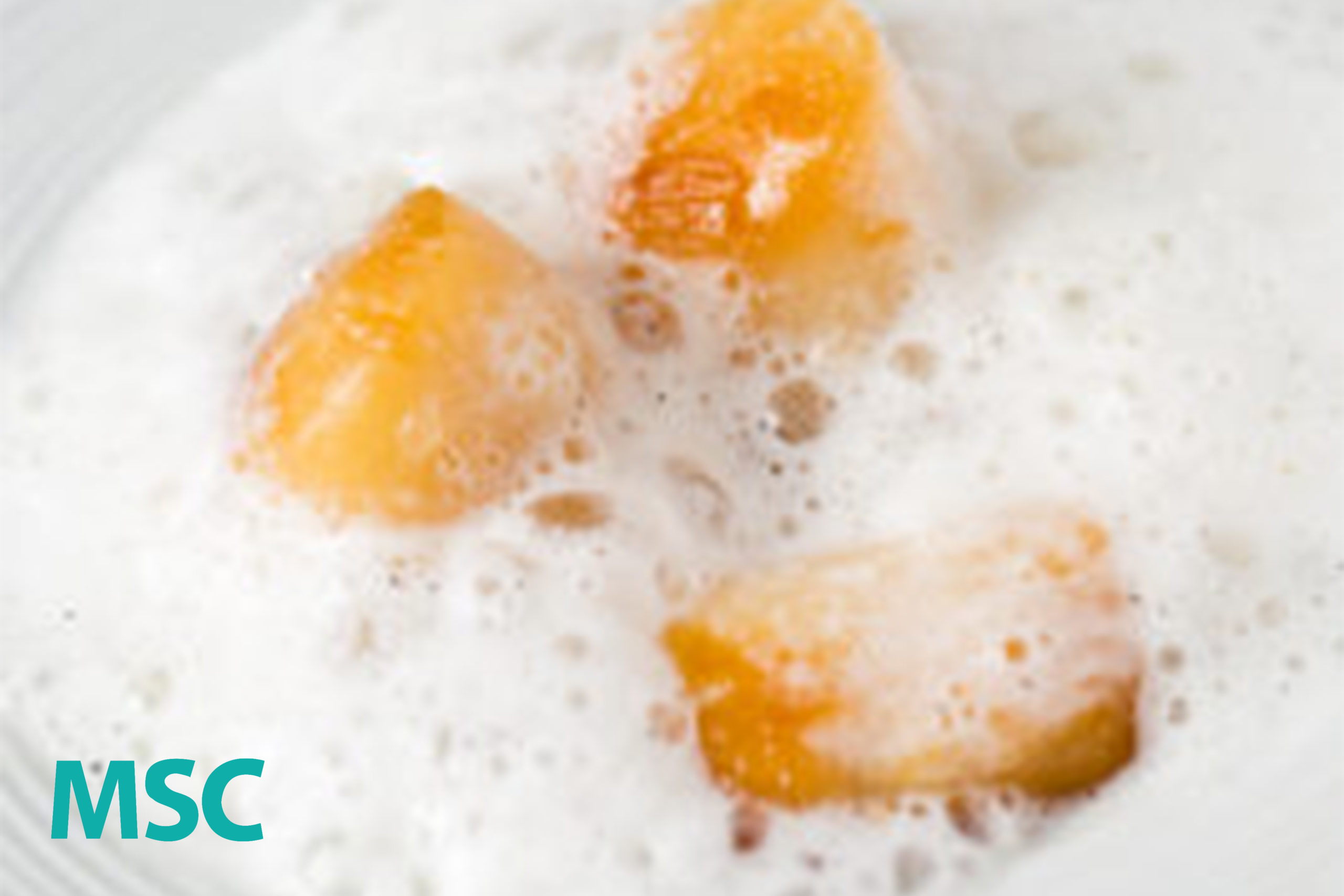
Technical characteristics

Zygochlamys patagonica

From 80/120 (g/pcs) to the breaks

Argentina

All year round

MSC
Product information
- Species : Zygoghlamys patagonica
- Size : from 80/120 (g/pcs) to broken
- Net weight : 15 Kg
- Origin : Argentina
- Seasonality : caught all year round in zone F.A.O. 41
- Ingredients : Scallops, no additives
- Presentation : unshelled, IQF frozen scallops
- Process : fishing, cleaning, sorting, shelling, cleaning, unloading, grading, freezing, packaging, metal detector, storage, transfer, unpacking, sorting, packaging, metal detector, storage
Storage conditions :
Maximum storage temperature: – 18° C
Best before date: 24 months after freezing date
Specifications
GMOs : none
Irradiation : none
Allergens : shellfish
Microbiological criteria :
- T.V.C. : 100 000 ge/g
- Fecal Coli. : 10 ge/g
- Coagulase + Staph : 100 ge/g
- S.R.A. : 10 ge /g
- Salmonella : absent in 25 g
- Listeria mono. : absent in 25 g


